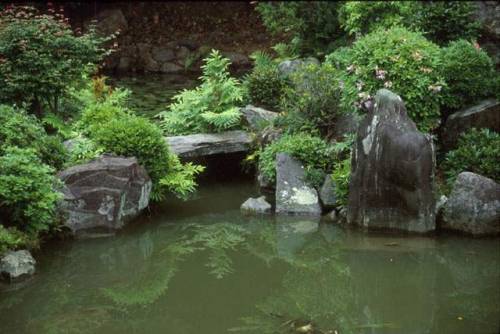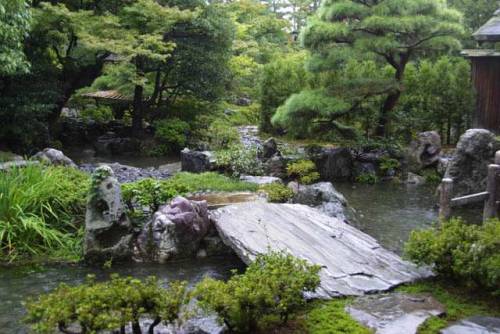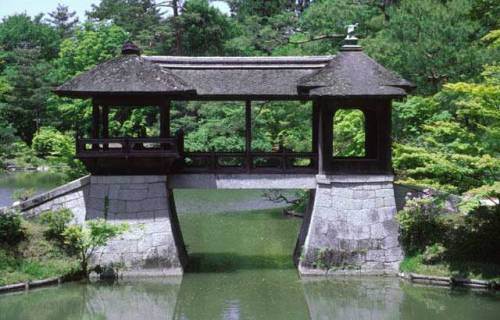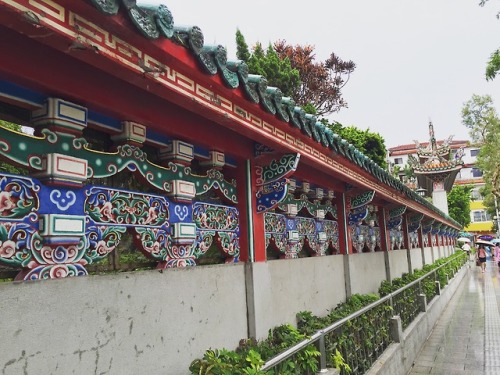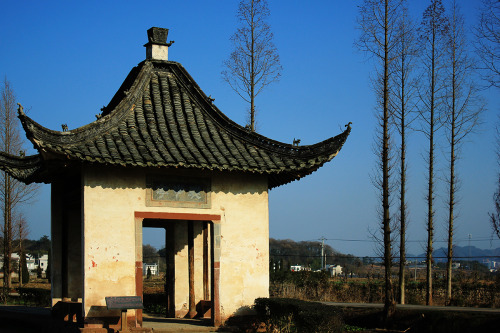#asian architecture










Indian cotton tree (hoa gạo) bloom in Huế, Vietnam. Credit to Nguyễn Phong.




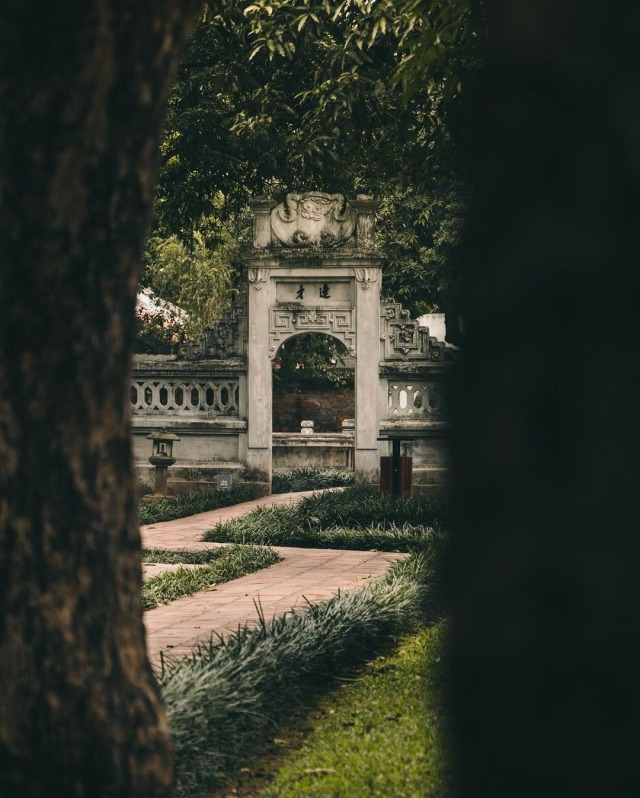





Vietnam. Credit Moritz Weiss.










Đền Đô, Từ Sơn, Bắc Ninh Province. Built in the hometown of Lý Công Uẩn, the first emperor of the Lý dynasty, the temple is dedicated to worshipping the emperors of Lý dynasty (1009 - 1225). Credit to datsnapper (Instagram).


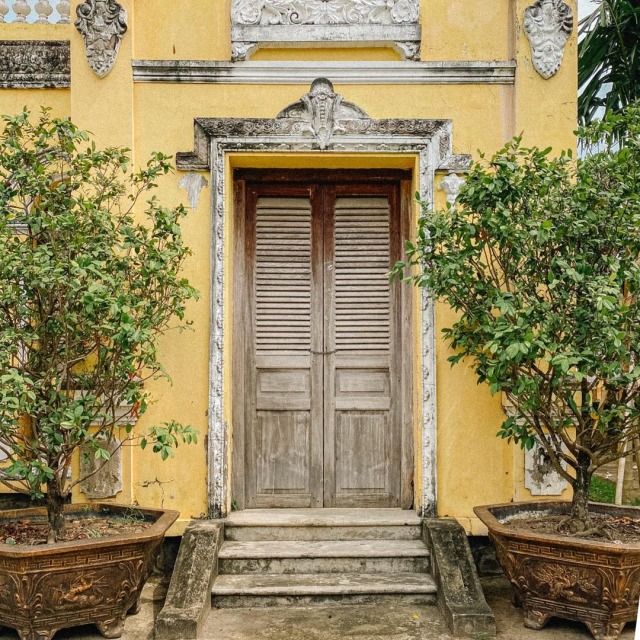






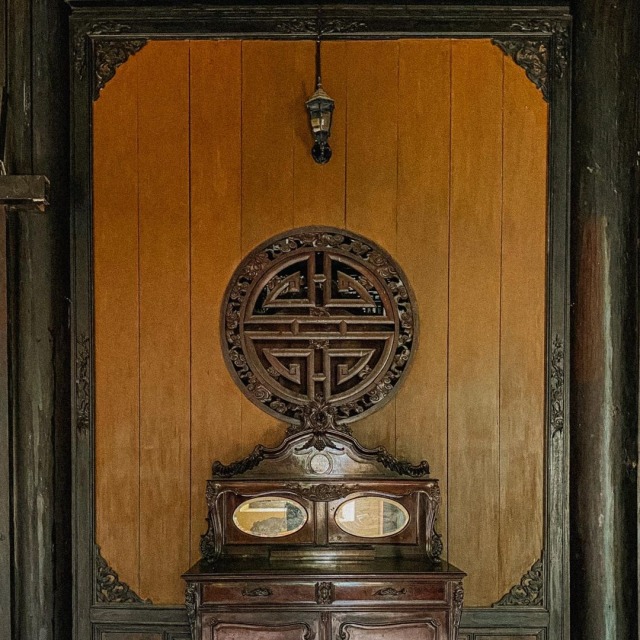
1860s house in Go Cong. Credit to nha.cua.bancong (Instagram).
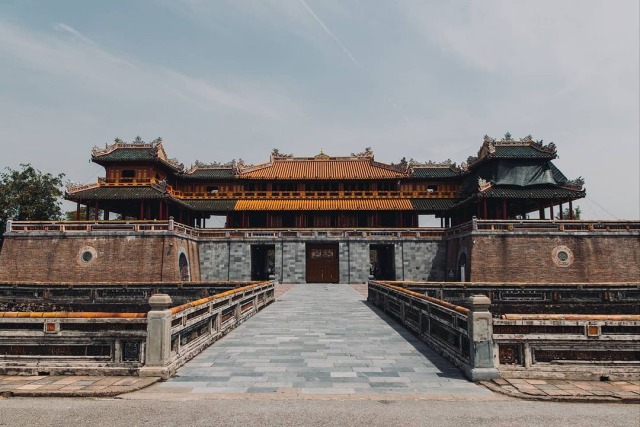






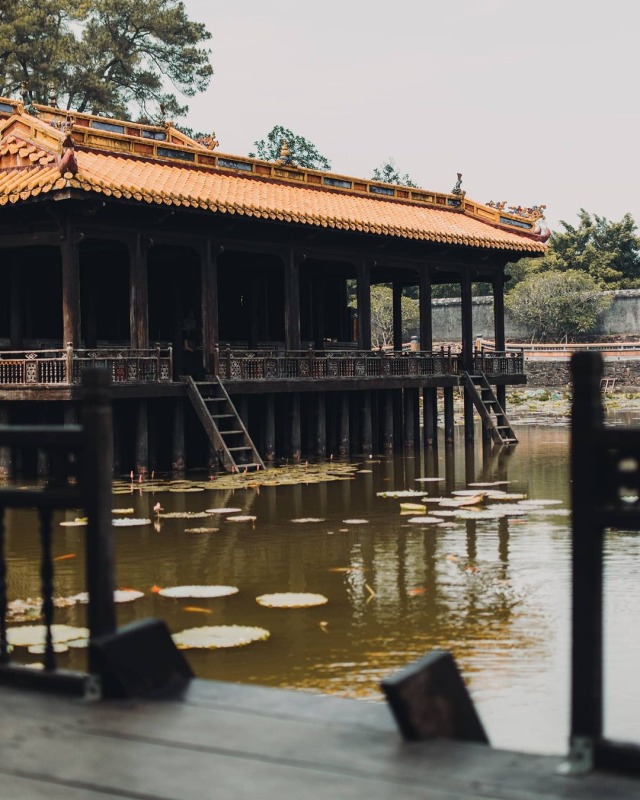


Huế. Credit to datsnapper (Instagram).


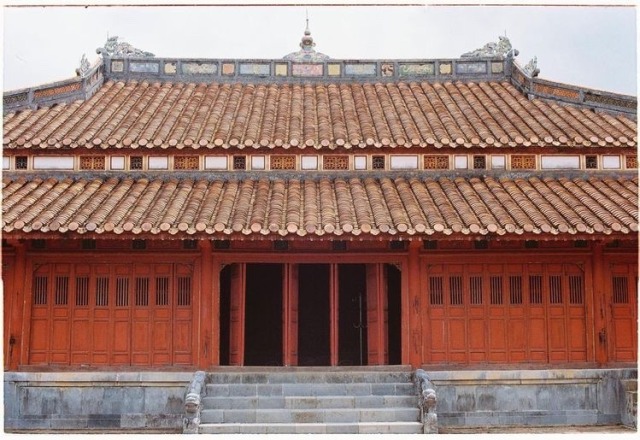







Huế. Credit to thehuethuong (Instagram).

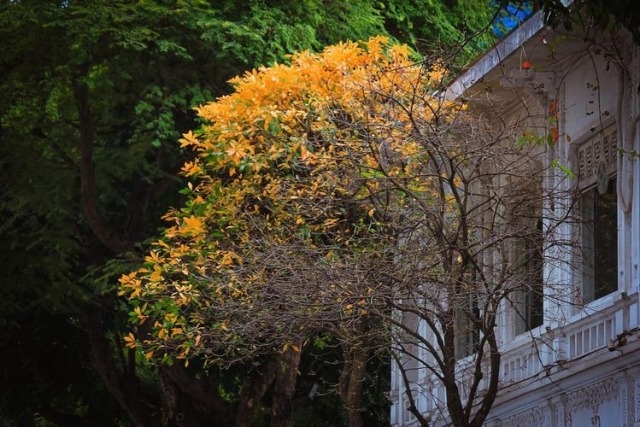




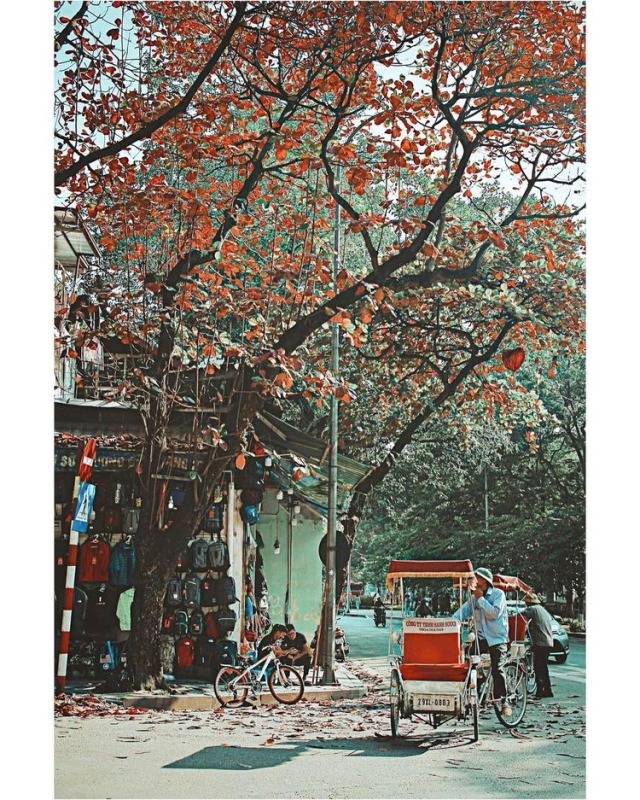



Hanoi. Credit to phomiendu (Instagram).










Huế. Credit to An An.

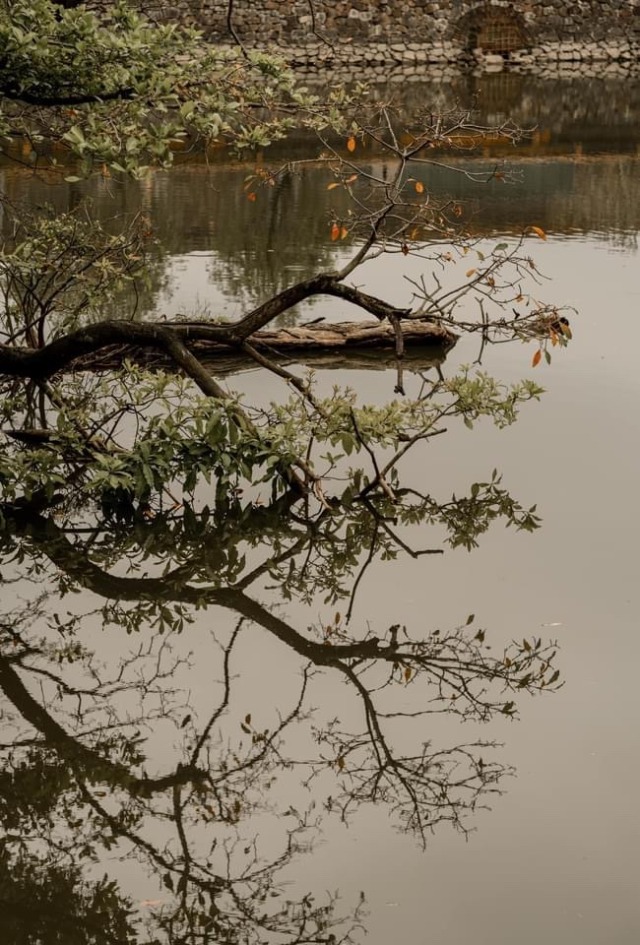






Huế. Credit to Dong Vy Ho.
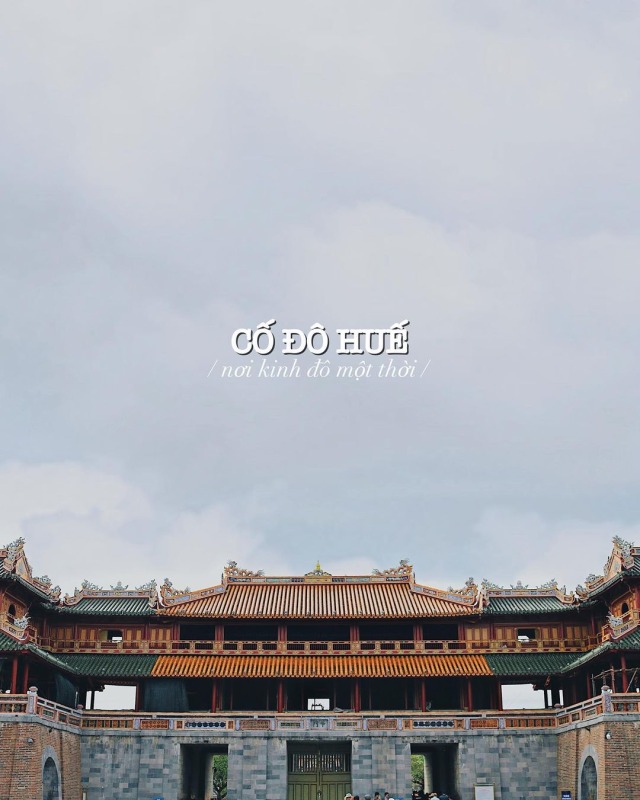









Huế. Credit to chupchoetsaigon (Instagram).










Vietnamese architecture illustrations by Todd Huynh.








Huế, Vietnam. Credit to Huế Cổ Phong.









Áo ngũ thân in Huế. Credit to Dong Ho Vy.










Sài Gòn/ Hồ Chí Minh City. Credit to chupchoetsaigon (Instagram).








Hội An. Credit to all.aboutmars (Instagram).
Japanese Bridges
“Depending upon the size and nature of the pond, gardens that include bodies of water with islands generally include bridges connecting the islands with the shore and often with each other. In the Heian Period and probably earlier, some of the bridges of the large boating ponds were arching structures of Chinese inspiration, allowing boats to pass beneath the spans. They could be built of either wood or stone (a wooden arched bridge is called sori bashi, a stone version sori ishibashi).
In later gardens, many of which have ponds that are too small for boats, bridges are often simple slabs of stone used singly or in combinations of two or three spans. These slabs are frequently natural, uncut stones, which together with the upright stones that usually flank the ends of the bridge should be considered part of the general "stone aesthetics” of a garden. In some instances, the bridge is actually part of a dry landscape, spanning only a sand or gravel stream. Other bridge types include simple wooden structures (kibashi) sometimes consisting of logs laid parallel to one another and supported on a truss-work frame, and more elaborate covered bridges that sometimes approach the scale of a pavilion.
The Chinese arched bridge (or “full moon bridge,” engetsukyo in Japanese) also survived into later periods and were sometimes employed in the same garden in which rustic slab bridges were found, but most of these have disappeared.“
Post link
“Life is really simple, but we insist on making it complicated." ― Confucius
Longshan Temple, Taipei, Taiwan
Post link
You can get guided tours of this place. Enjoy the beauty of the grounds while learning about the rich history of the mansion/gardens.
Lin Family Mansion and Garden, New Taipei City, Taiwan
Post link


